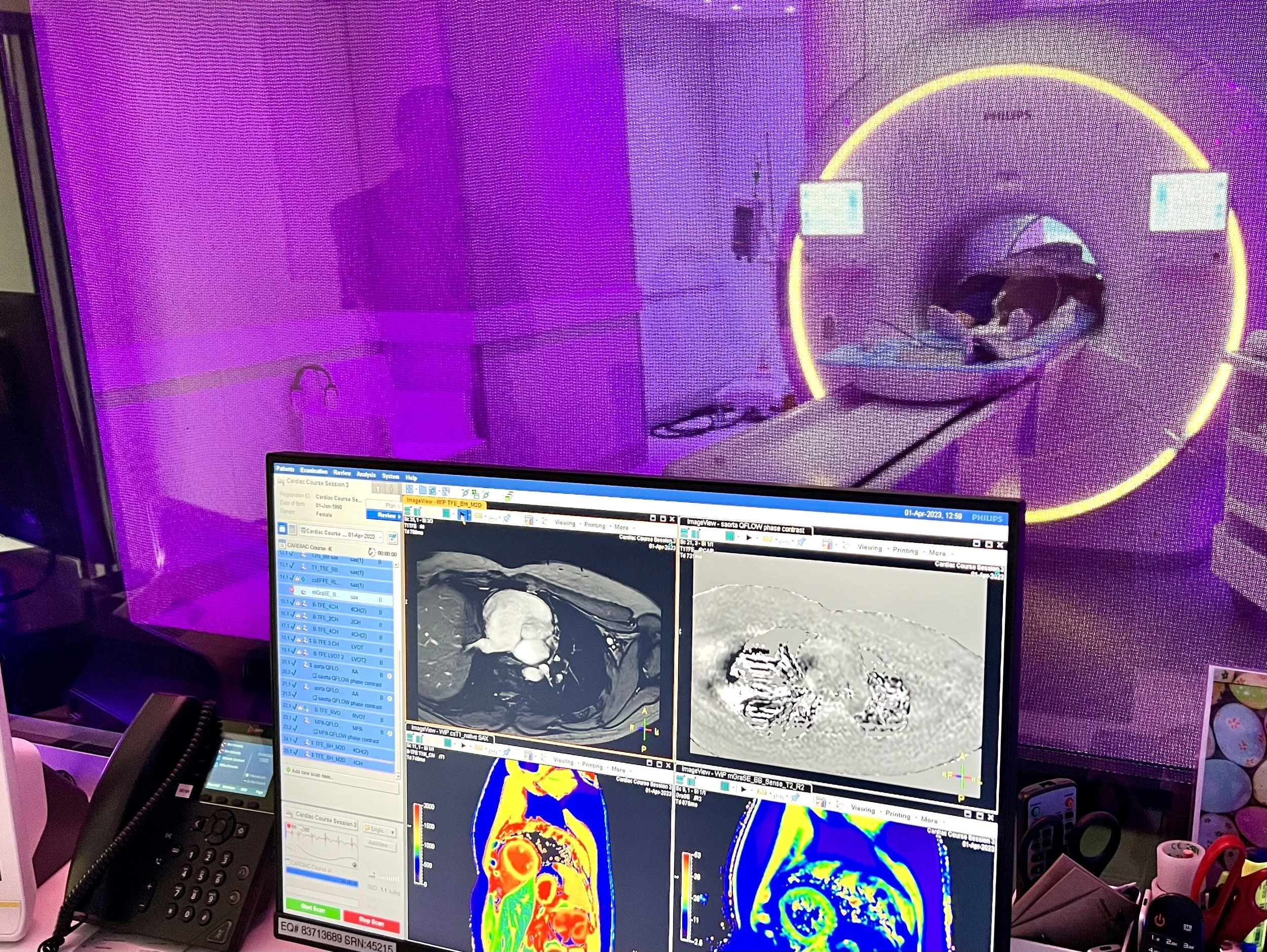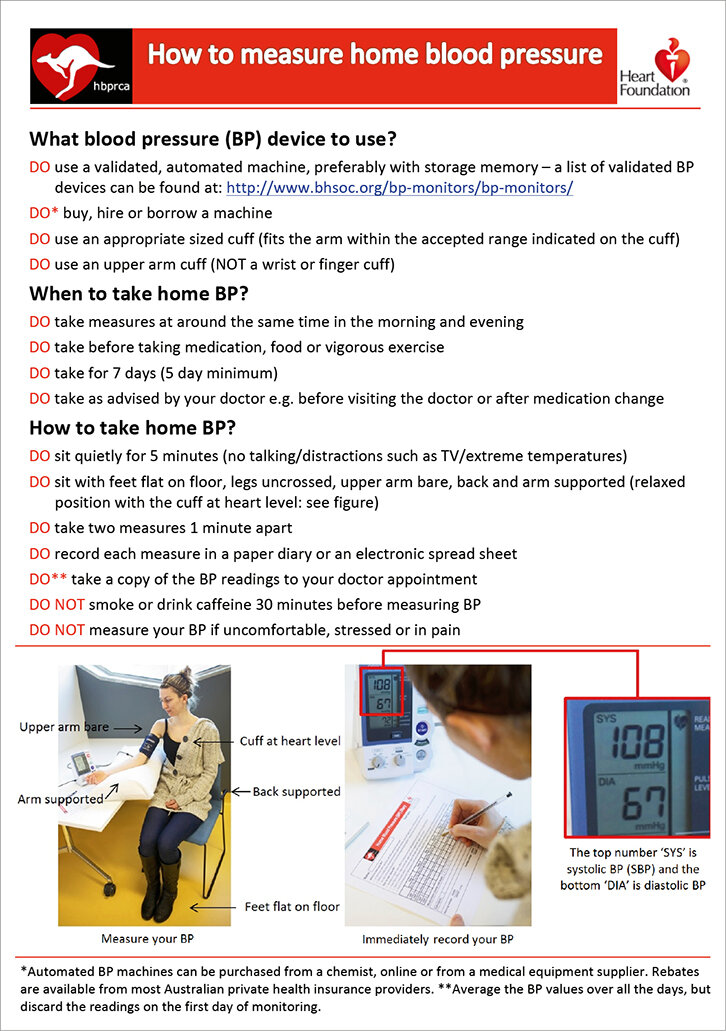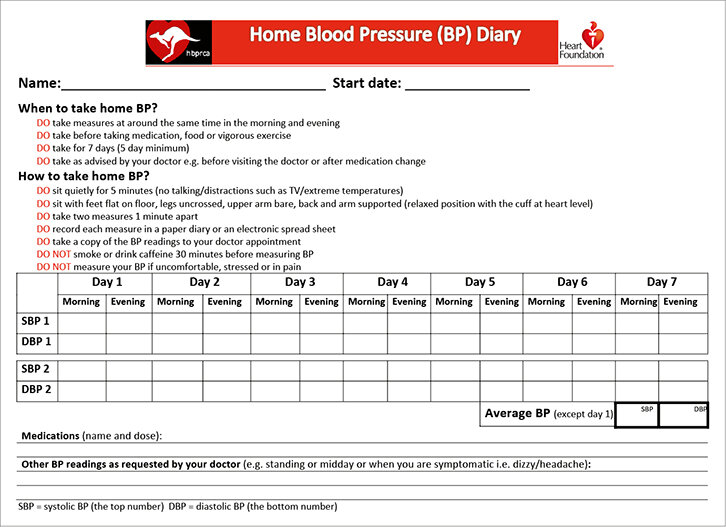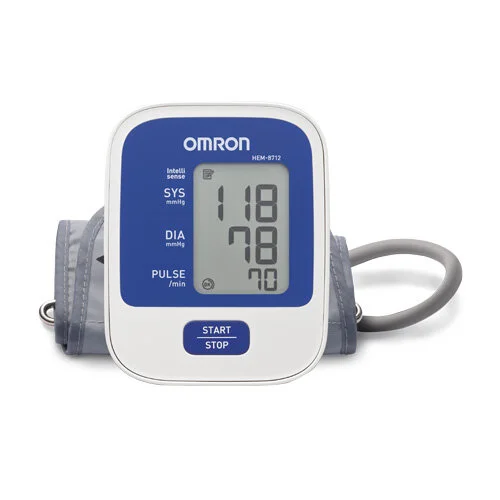We may recommend the use of a Holter monitor to help diagnose or monitor certain heart conditions, particularly those affecting the heart rhythm. You may be wondering, “Why would I need a Holter monitor?” In this post, we will explain what a Holter monitor is, how it works, and why it is important for your care.
A Holter monitor is a small, portable device that continuously records your heart's electrical activity for 24 to 48 hours. It is similar to an electrocardiogram (ECG) but can record a longer period of time. The device consists of small electrodes that are attached to your chest and connected to a recording device, which can be worn on a belt or shoulder strap.
Holter monitors are used to diagnose and monitor heart conditions, such as arrhythmias, which are abnormal heart rhythms. These conditions may not be detected during a routine ECG or office visit, as they may occur intermittently. They can occur overnight, when you are asleep, and you may not be aware that they occur. A Holter monitor can capture any episodes of abnormal heart rhythms, which can help your cardiologist make an accurate diagnosis and develop a treatment plan.
A Holter monitor can also help your cardiologist evaluate the effectiveness of your treatments. For example, if you are taking medication for an arrhythmia, the Holter monitor can show whether the medication is controlling the abnormal rhythm or whether a change in medication or dosage is necessary.
The holter may be applied in our rooms, in a pathology practice, or even at a radiology / medical imaging practice. Once it is applied, you should go about your normal day. It is often useful to see the heart response to work, rest, stress, etc.
In summary, a Holter monitor is an important tool for diagnosing and monitoring certain heart conditions. The test is safe and painless.
If you have any further questions about Holter monitoring or your heart health, please do not hesitate to contact us







